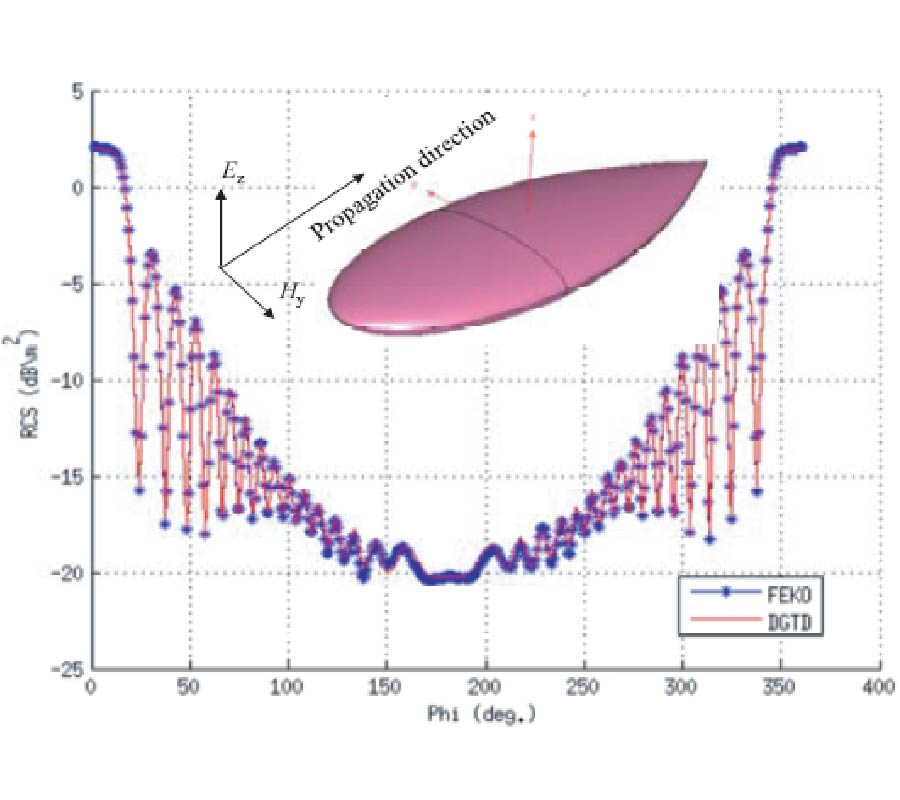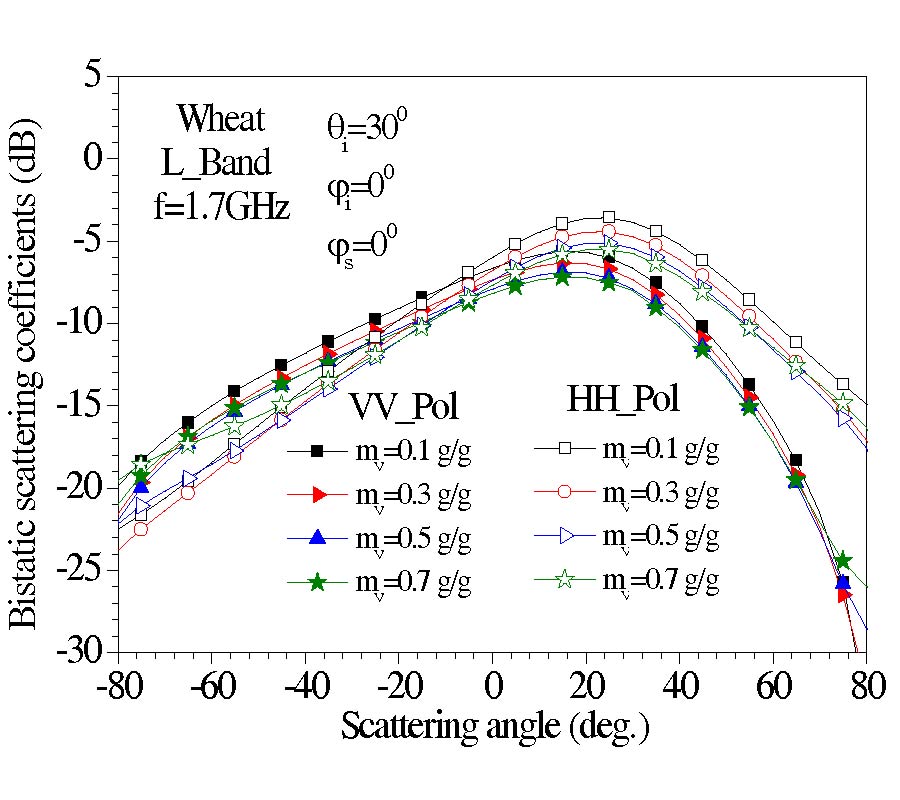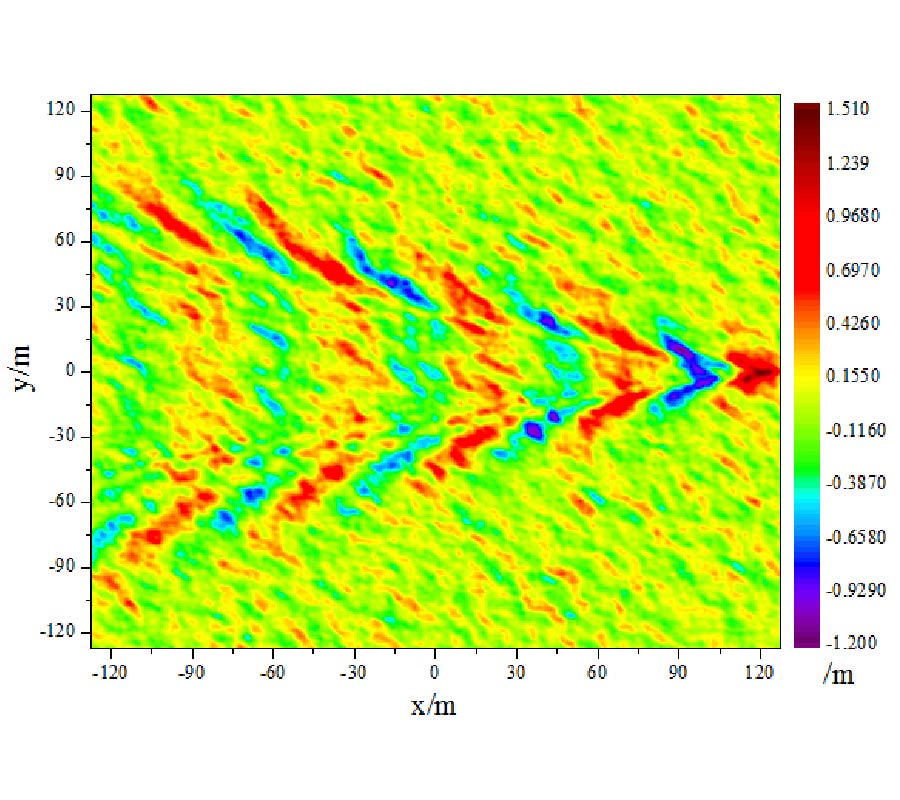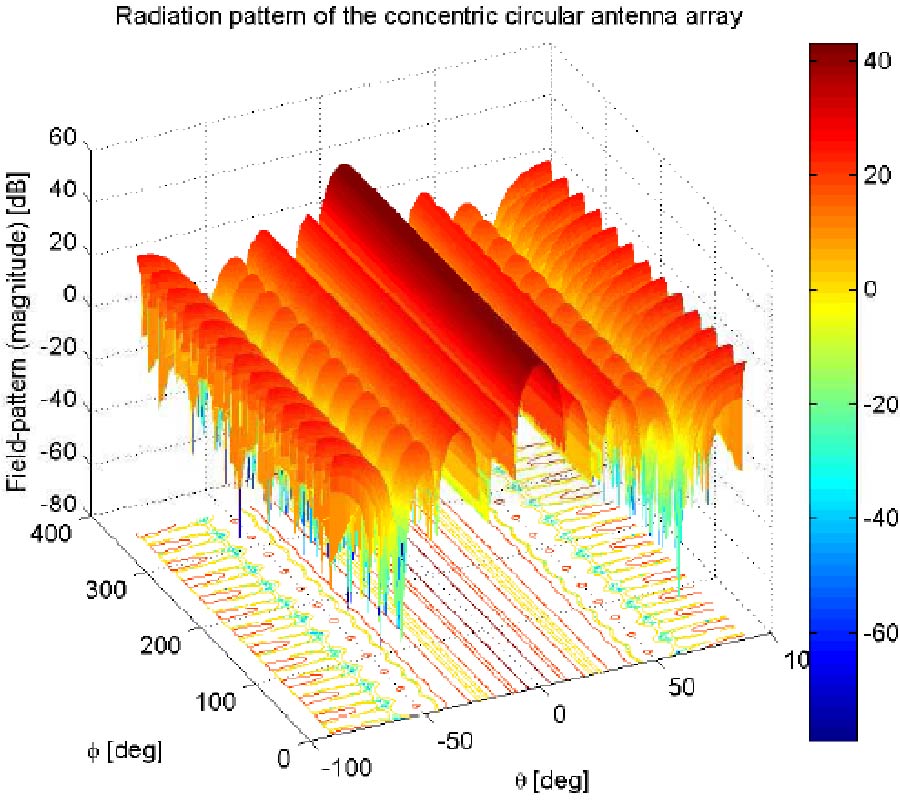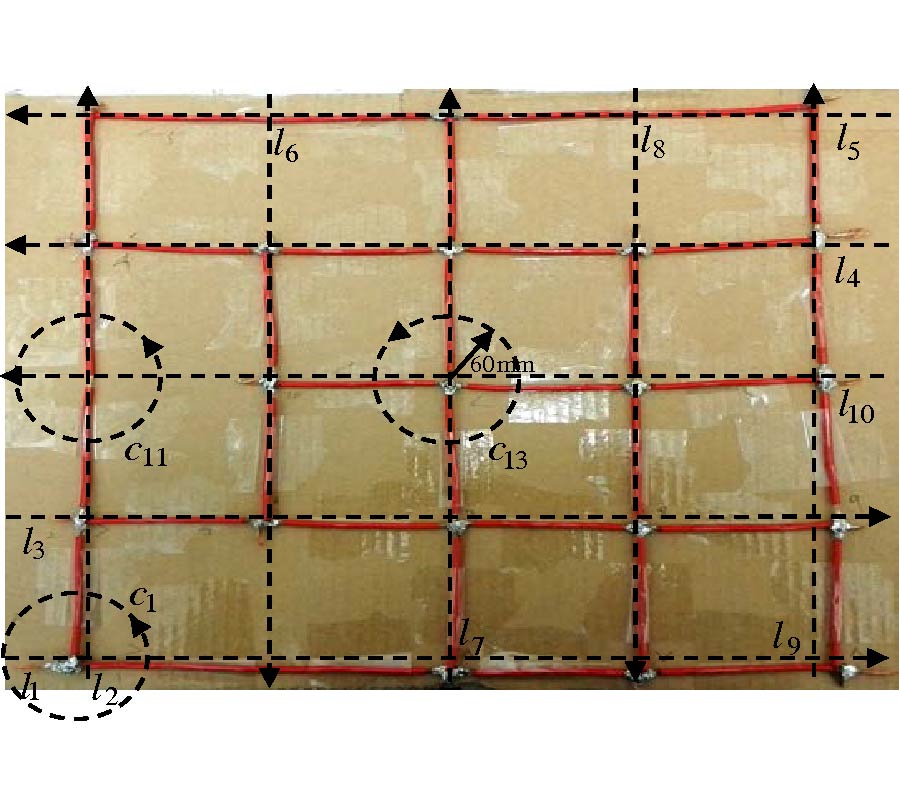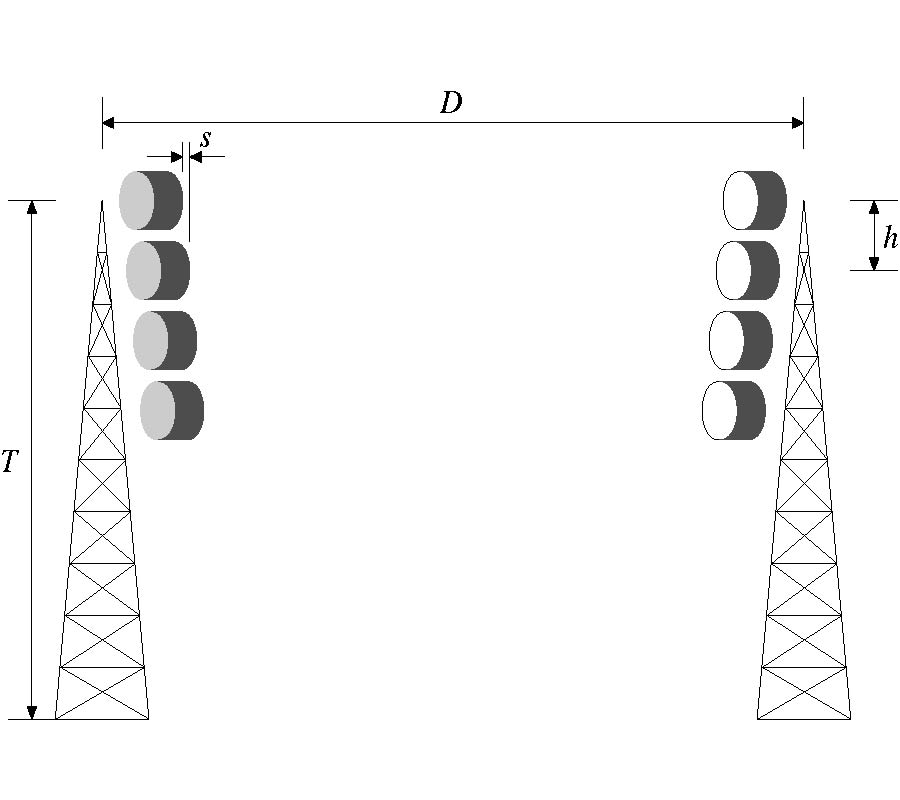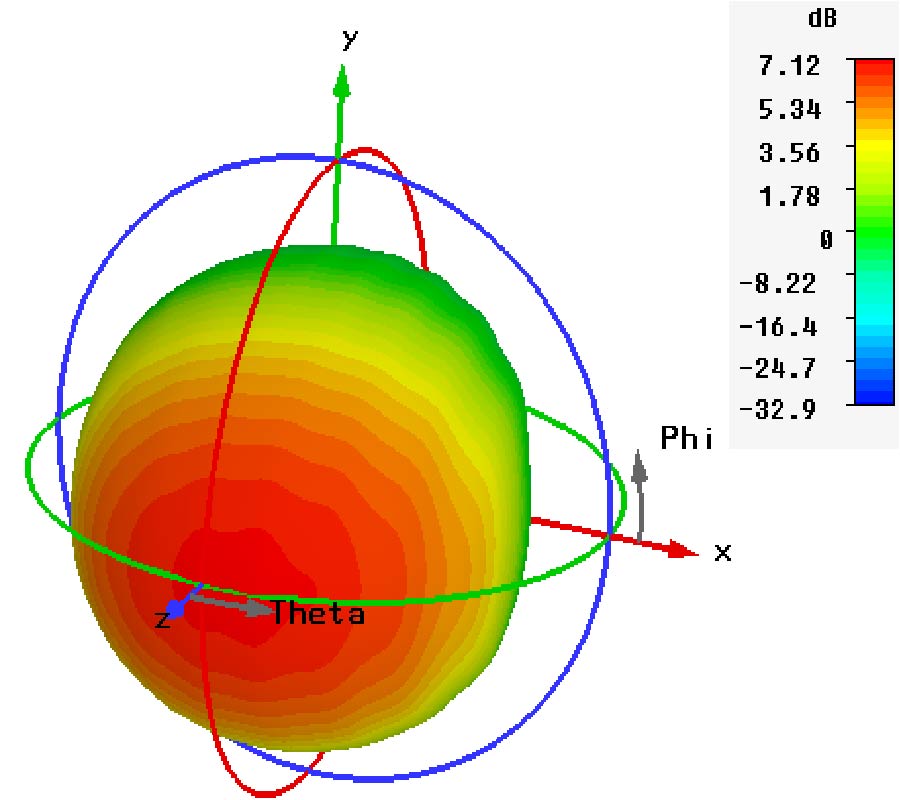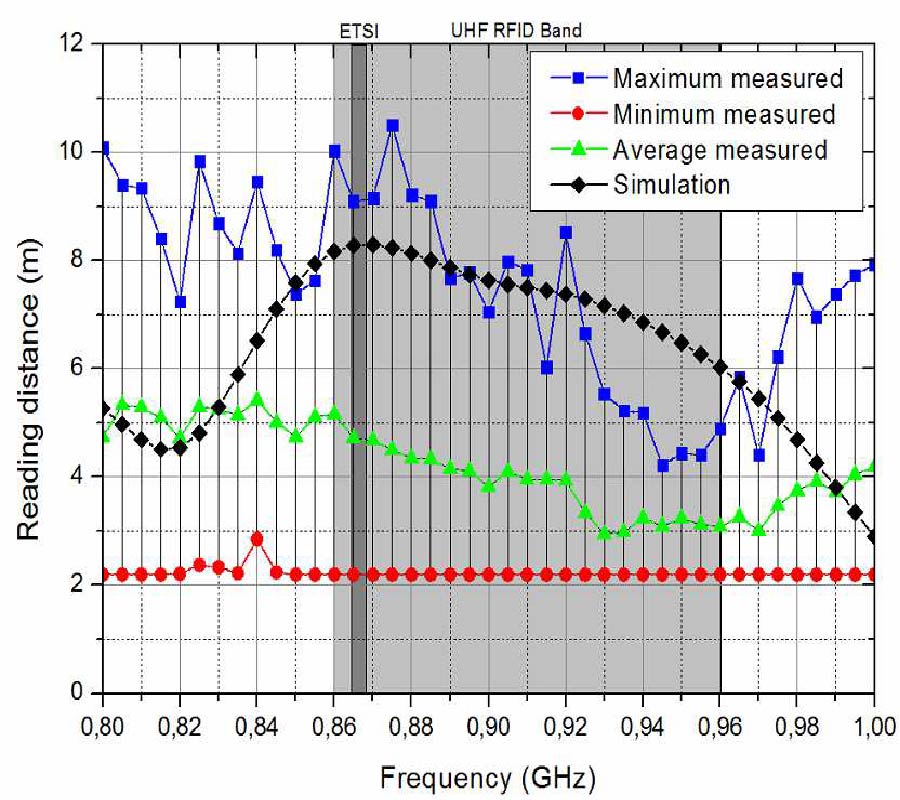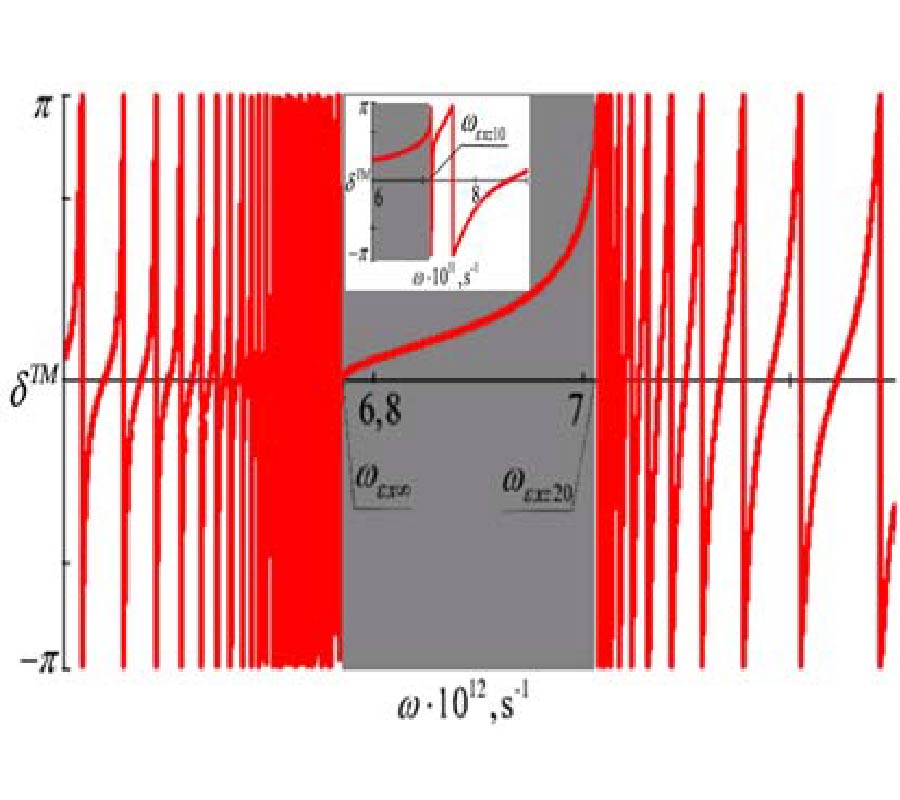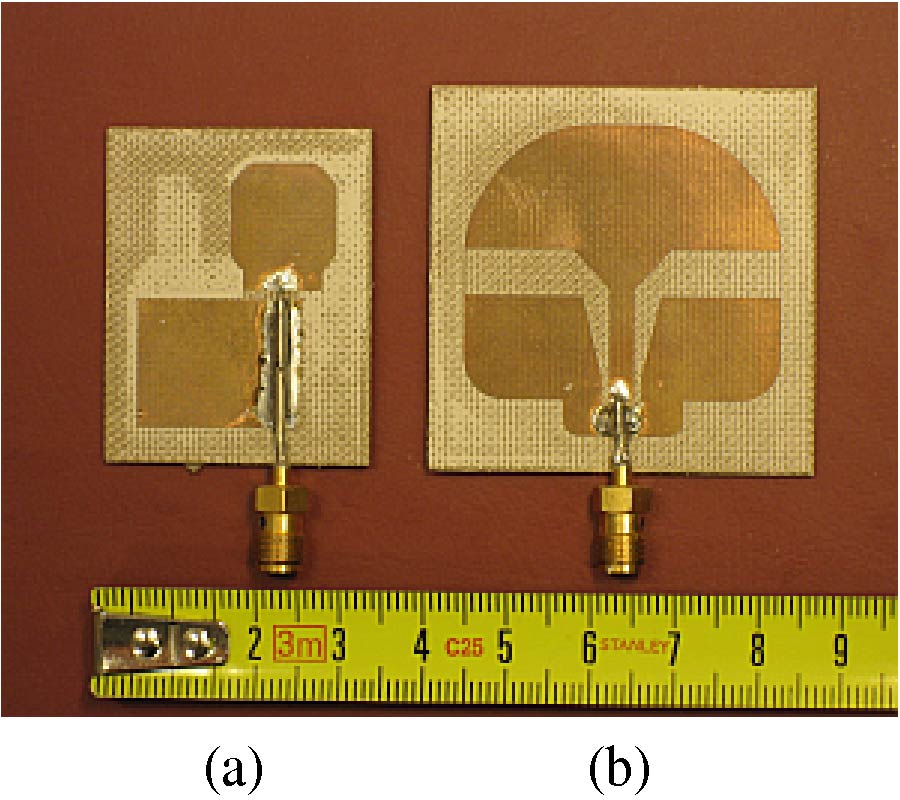2016-05-10 Latest Published
By Lei Zhao
Geng Chen
Wenhua Yu
Progress In Electromagnetics Research B, Vol. 67, 137-151, 2016
Abstract
In this paper, an efficient time domain simulation algorithm is proposed to analyze the electromagnetic scattering and radiation problems. The algorithm is based on discontinuous Galerkin time domain (DGTD) method and parallelization acceleration technique using the graphics processing units (GPU), which offers the capability for accelerating the computational electromagnetics analyses. The bottlenecks using the GPU DGTD acceleration for electromagnetic analyses are investigated, and potential strategies to alleviate the bottlenecks are proposed. We first discuss the efficient parallelization strategies handling the local-element differentiation, surface integrals, RK time-integration assembly on the GPU platforms, and then, we explore how to implement the DGTD method on the Compute Unified Device Architecture (CUDA). The accuracy and performance of the DGTD method are analyzed through illustrated benchmarks. We demonstrate that the DGTD method is better suitable for GPUs to achieve significant speedup improvement over modern multi-core CPUs.
